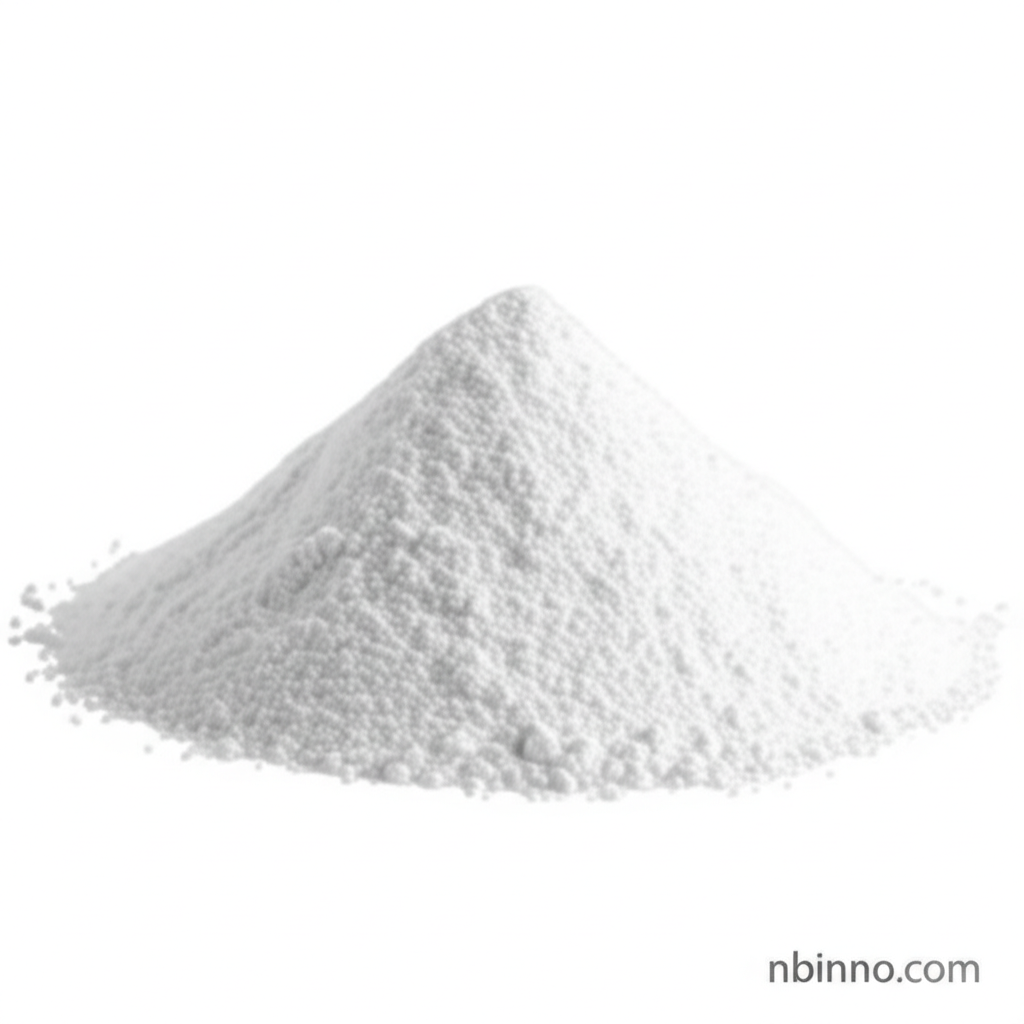8-Hydroxyquinoline Citrate (CAS 134-30-5): Properties, Applications, and Safety Considerations for Researchers
Explore the essential details of 8-Hydroxyquinoline citrate, a versatile compound with significant applications in various industries.
Get a Quote & SampleProduct Core Value

8-Hydroxyquinoline Citrate
8-Hydroxyquinoline citrate, identified by CAS number 134-30-5, is a compound recognized for its potent antimicrobial and cleaning properties. Its unique formulation contributes to its effectiveness across diverse applications, making it a valuable asset in scientific research and industrial processes.
- Discover the unique properties of 8-Hydroxyquinoline citrate, a key component in developing effective biocides for floral preservatives. Understanding these characteristics is vital for optimizing its use.
- Delve into the critical applications of CAS 134-30-5 within organic synthesis, where its chemical nature facilitates complex reactions and the creation of novel compounds.
- Learn about the crucial safety considerations when handling 8-Hydroxyquinoline citrate, ensuring responsible laboratory practices and minimizing potential risks.
- Explore its utility as a pharmaceutical intermediate, highlighting its role in the development of new therapeutic agents and its significance in drug discovery pipelines.
Advantages Offered by the Product
Antimicrobial Efficacy
Leveraging its properties as a biocide, 8-Hydroxyquinoline citrate demonstrates significant efficacy against a broad spectrum of microorganisms, ensuring product integrity and preservation.
Versatile Chemical Reactivity
Its role in organic synthesis showcases its versatility, enabling chemists to achieve precise molecular transformations and synthesize complex organic molecules with high yields.
Enhanced Sanitation
As a disinfectant solution, it provides a powerful antimicrobial effect, making it suitable for environments requiring high levels of sanitation, contributing to safer operational standards.
Key Applications
Floral Preservation
As a leading biocide for floral preservatives, this compound extends the vase life of cut flowers by inhibiting microbial growth in water, a key aspect for the floristry industry.
Organic Synthesis
In the realm of organic synthesis, 8-Hydroxyquinoline citrate serves as a valuable reagent for various chemical transformations, supporting the creation of intricate molecular structures.
Pharmaceutical Intermediates
Its function as a pharmaceutical intermediate underscores its importance in the drug development process, aiding in the synthesis of active pharmaceutical ingredients (APIs).
Disinfectant Solutions
Beyond floral use, Citroxin is recognized for its disinfectant capabilities in various industrial and healthcare settings where microbial control is paramount.
